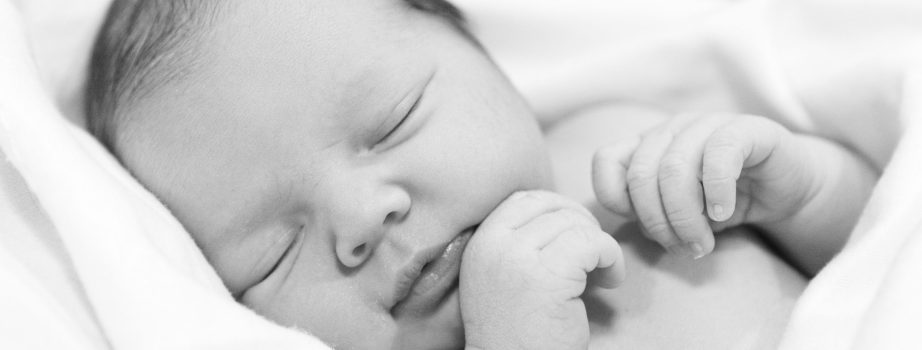
In the age of social media (not to mention the many play dates we attend), it is impossible not to compare yourself to your seemingly perfect peers. A year-and-a-half after Sonya’s cochlear implant surgery, she is doing wonderfully. She speaks in complete sentences. She is a leader in her mainstream twos program. She is learning and speaking Russian.
Yet, I sometimes feel like I am failing her.
For one, I can’t seem to properly sleep train her. I have read the books. I have hired the professionals. I purchased the night lights and lullaby machines. Yet, Sonya still cries for me to lay next to her while she falls asleep – and as hard as I try – I have yet to succeed from weaning her from my presence.
At night, Sonya does not wear her cochlear implant (CIs) processors. She is deaf. This has been the challenge – and I have yet to encounter a sleep training guide, professional or friend who has a good solution for it.

When Sonya cries for me, I find the sound unbearable. The sleep training books say she is using tears to manipulate us, but all I hear is her fear. It is dark, silent and she is alone. Who wouldn’t be afraid in that type of situation?
When the books tell me to offer comfort by the sound of my voice, I sigh in frustration. As soon as I give up, I lay back in her bed. Her breath shaking from crying eases and she smiles while closing her eyes. “I love you mama. I love you so much,” she says as she lays her arm around my neck.
Eating is another challenge. Sonya is a “stubborn” eater. She basically subsists on a diet of challah, ricotta and pasta, protein pretzels, berries, cheese and milk. Behavioral methods to improve the diversity of her food intake haven’t worked yet. We were chastised for allowing her to have an iPad at dinner, but the fact is – the iPad worked. It kept her distracted and she would eat a broader array of foods. Without it, she grows frustrated at the sight of foods she doesn’t think she will like and takes her CIs off.
While it is hard to convey these challenges to friends of hearing kids, I try to remember that every child has their challenges – whether deaf or hearing. Every parent probably feels the way I feel to a degree.
In happier news, here is a video of Sonya taken just a few days ago. She is speaking non-stop these days. We couldn’t be prouder of her progress:




